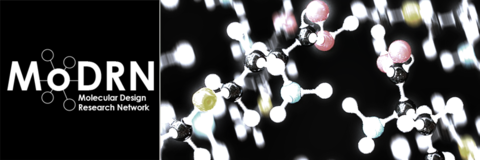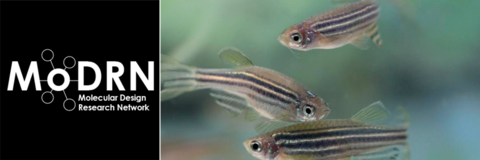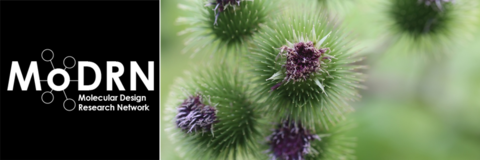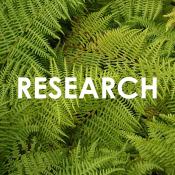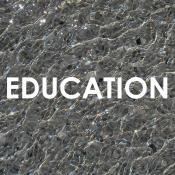Project leads the way to find safer chemicals
October 25th, 2013
By Jim Shelton, New Haven Register
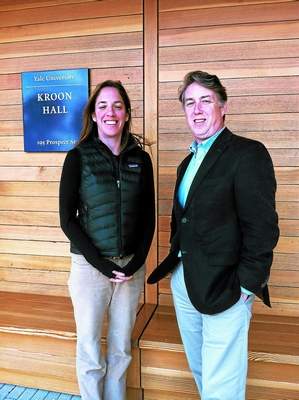 Yale University is heading up a $4.4 million project aimed at creating less toxic chemicals across a wide spectrum of products, processes and services.
Yale University is heading up a $4.4 million project aimed at creating less toxic chemicals across a wide spectrum of products, processes and services.
Think of it as safer living through chemistry.
Led by Paul Anastas, a Yale chemistry professor widely known as the “father” of green chemistry, the four-year project will include dozens of scientists at several institutions, including Baylor University, George Washington University and the University of Washington, in addition to Yale.
“We’ve had a couple hundred years of people being able to design chemicals to do amazing things,” Anastas said. “It’s revolutionized every aspect of our lives. But the one thing we haven’t been able to do is realize these benefits without the unintended consequences of substances causing harm to ourselves and the environment.”
Fortunately, he said, there has been a convergence in both our understanding of what makes substances toxic and in the technology of designing new chemicals. That convergence, researchers believe, will allow them to suggest design protocols to produce less harmful chemicals.
Anastas is director of Yale’s Center for Green Chemistry and Green Engineering. From 2009 until 2012, he served as assistant administrator for the U.S. Environmental Protection Agency.
“I don’t want to give the impression this will be easy or quick,” Anastas said. “But we know that even today, there are steps that can be taken to make things safer. There is low-hanging fruit, if you will.”
The National Science Foundation is funding the project.
As a start, researchers will examine the common properties of a group of existing chemicals. From that, Anastas hopes to begin developing design guidelines for chemists.
“These molecules are fundamental to many chemicals and processes, representing a wide range of chemicals used in the world today,” Anastas said.
Ultimately, he said, the project wants to create software that provides chemists with design parameters that are more likely to produce substances that aren’t toxic to people or the planet.
“This is really a hazard assessment, coupled with other tools,” said Julie Zimmerman, the Donna L. Dubinsky associate professor of environmental engineering at Yale, and a co-principal investigator for the project. “We are looking at the inherent nature of a molecule.”
The corporate world is highly interested in what will come out of the research into creating safer chemicals, according to Anastas. He’s spent the past few weeks talking about the project with executives from a variety of industries, everything from personal care products to adhesives.
“I am speaking to literally thousands of companies that see this as a pathway to innovation and growth,” he explained. Safer chemicals would lead to new products, he said, as well as reduce the costs for disposing of toxic substances used or produced in manufacturing.
Such enthusiasm is even more evident among the researchers involved in the project, Zimmerman said.
“The people associated with this are wicked excited about it,” she said. “This, to me, is the biggest legacy impact we can have.”
Click here for the original story and video by the New Haven Register
